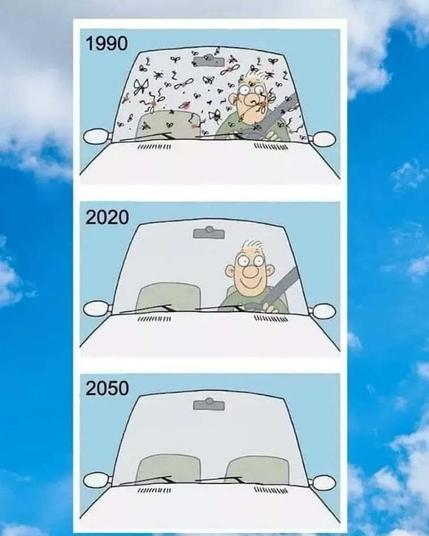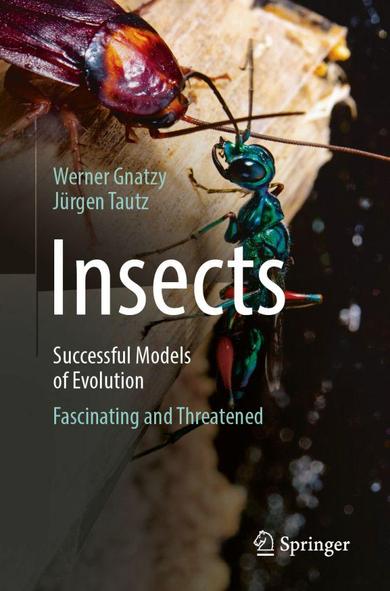More than 40% of insect species have declined in just a decade. They’re vanishing 8 times faster than mammals, birds or reptiles.
If insects go, so do the ecosystems that keep us alive.
Biodiversity is our life-support system — we can’t afford to let it collapse.






